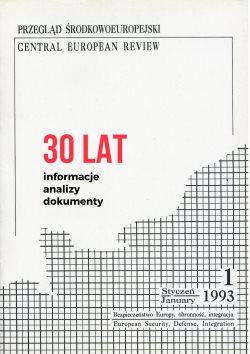President Volodymyr Zelenskiy’s visit to London, Paris and Brussels is not only about fighter jets. It is about arming his country to resist Russian offensives
Russia is preparing for a long war in Ukraine. Recent reports put the number of Russian troops in Ukraine at about 320,000. They are not there to look at cathedrals. They are there to kill Ukrainians and take territory. Vladimir Putin wants to win the war. He is demanding “sweeping advances”. At the very least he wants to control the Donbas. There is absolutely no evidence that Russia is interested in any form of settlement to the conflict that will carry what the military expert Prof Lawrence Freedman calls “a whiff of defeat”.
Volodymyr Zelenskiy’s visit to western Europe this week should be understood in that light. The Ukrainian president – who visited London, Paris and Brussels in quick succession – knows that the Russians are not interested in peace negotiations. What is more, he knows that western European and US leaders now know it too. The logic of this recognition is that the western states have no alternative but to arm Ukraine to win some battles. Mr Zelenskiy’s trip to the west, like his trip to Washington at the end of last year, is designed to secure the weaponry which can make that possible.
It can be tempting to suppose the trip is exclusively focused on securing fighter planes. That was the message in Mr Zelenskiy’s call in London to “give us wings”, and in Boris Johnson’s intervention in similar terms, which was simply designed to embarrass Rishi Sunak. The Ukrainian president repeated the call in his speech to the European parliament on Thursday.
Mr Zelenskiy would certainly welcome more jet fighters. But he knows that the western military powers remain cautious about committing their jets, partly because they do not want to offer an excuse for Russia to trigger nuclear escalation and also because they do not want to become involved in strikes into Russian territory. There are also logistical and support reasons why fighter planes are not going to be sent to the frontline any time soon. Nevertheless, as Mr Sunak said on Wednesday, the issue is now on the table.
The trip is really about boosting morale and increasing western arms for Ukraine more generally. On that front, substantial moves are already under way. The donors’ meeting in Ramstein in January was similarly portrayed as being largely about battle tanks, but the package agreed there also included fighting vehicles, improved air defences and more mobile artillery. All of these are vital to any Ukrainian offensive. The first tranche of US fighting vehicles and French combat reconnaissance vehicles are already on the battlefield.
Although the EU summit on Thursday was not specifically about weapons pledges to Ukraine, the weeks since Ramstein have seen even more commitments and serious momentum. On Tuesday, the German, Danish and Dutch defence ministers announced they would provide Ukraine with at least 100 refurbished Leopard battle tanks. More seem likely to follow, perhaps including Challengers from the UK. Ukrainian soldiers are being trained to use them. In January, Mr Zelenskiy asked for 300 tanks. He is getting closer to securing them.
The worry – and it is a real one – is that Russia will be ready to advance, albeit also ready to take heavy losses, at the month’s end, before Ukraine is ready to launch its enhanced battle formations. It is a race against time, which is why Mr Zelenskiy has been at his most persuasive and urgent this week in pressing for the support he demand
Source: realclearpolitics/The Guardian Feb 10 2023
